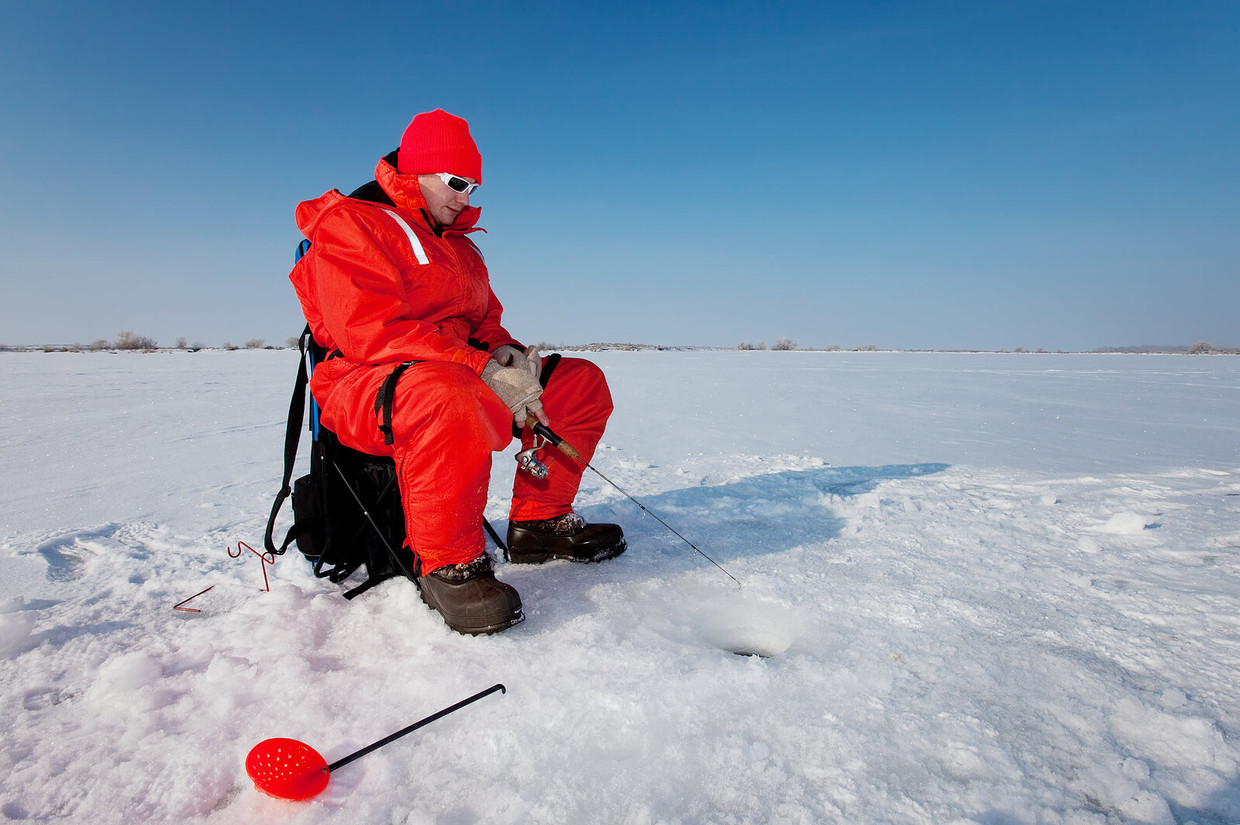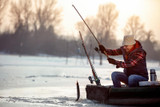Ice Fishing Safety 101: What Every Angler Needs To Know
Ice fishing offers a unique thrill, but safety should always come first. Knowing the basics of ice fishing safety—from checking ice thickness to packing the right gear—can mean the difference between a successful trip and a dangerous situation. Learn essential fishing safety tips to make the most of your time on the ice.
Always Carry Essential Safety Equipment
Packing essential ice fishing equipment means you’re always prepared for unexpected situations. Ice picks, throw ropes, and flotation devices are must-haves for staying safe and confident on the ice. These tools ensure you’re ready to handle whatever the day throws your way:
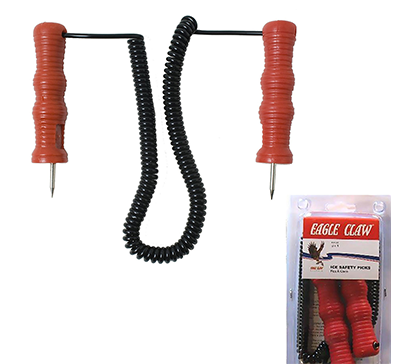
-
Ice picks. If you fall through the ice, ice picks give you the grip to pull yourself out. Wear them on a lanyard around your neck so they’re always within reach when needed.
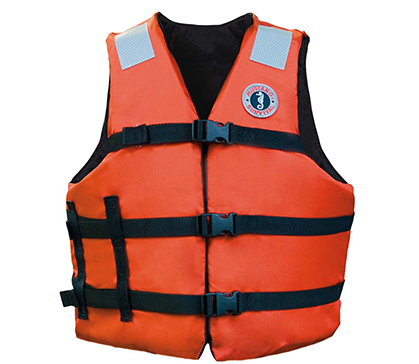
- Flotation device. Always take a life jacket or floating suit with you. These essential safety tools provide life-saving protection if you fall through the ice.
- Rope and whistle. Have a sturdy 50-foot rope to assist from a safe distance if someone needs help. Don’t forget a whistle—it’s a quick and effective way to signal for help during an emergency.
- First aid kit. Bring a first aid kit stocked with the basics—bandages, antiseptic, and pain relievers—so you’re ready to address minor injuries on the ice.
- Waterproof phone case. Slip your phone into a waterproof case to keep it safe and ready for emergencies. Charge it fully before heading out—you never know when you’ll need it.
Some other additions you’ll need to pack include a flashlight, extra batteries, and hand warmers. These items can make a big difference to your safety and comfort in sub-zero temperatures or low-visibility conditions.
Know the Ice Thickness Guidelines
Ice might look solid, but appearances can be deceiving. Knowing exactly how thick the ice is before stepping out can prevent a serious accident. Here’s how to test its strength and follow safety guidelines when fishing on frozen lakes.
- 4 inches: Safe for walking
- 6-8 inches: Supports snowmobiles and ATVs
- 9-12 inches: Can handle small cars or trucks—but proceed cautiously!
Check the ice thickness with a spud bar as you walk, especially early in the season. Use an auger to drill test holes every 150 feet to spot weak areas. Remember to measure the ice at your entry point and fishing spot, as shore ice can be thinner or more unstable than mid-lake conditions.
Avoid High-Risk Areas
Even when the ice seems solid, some areas are naturally weaker and should be avoided. Ice conditions can change rapidly, so staying clear of high-risk zones is key to a safe and enjoyable trip. Here’s where to remain cautious:
- Moving water. Inlets, outlets, and currents keep ice dangerously thin.
- Springs or warm water discharge. These areas don’t freeze properly, making the ice unstable.
- Cracks or breaks. Large cracks or breaks in the ice are obvious signs of weakness.
- Slushy areas. Slushy ice means the ice is not freezing properly and is a sign of unstable ice conditions.
Every cold-weather angler should know how to identify high-quality ice. Clear blue ice is your safest option—strong, stable, and dependable. White or snow ice is much weaker, with only about half the strength of clear ice. This is because snow slows the formation of ice crystals, making the surface less solid.
If you spot gray or dark patches on the ice, it’s a sign of weakness underneath—avoid fishing or any other activities near these high-risk areas. If you notice honeycombing, the ice is actively deteriorating. Find a safer place to fish.
Dress in Layers To Stay Warm
Staying warm and dry on the ice is essential for your safety. Hypothermia is a serious risk, so gear up properly to stay protected:
- Base layer. Opt for moisture-wicking fabrics like Merino wool or synthetics to keep sweat off your skin.
- Insulating layers. Down vests or fleece hoodies are excellent mid-layers—simply add or subtract depending on the chill factor.
- Outer layer. A waterproof, windproof outer shell shields against the elements.
Finish your gear with a warm hat, insulated gloves or mittens, and waterproof boots. Dressing for the conditions means you’ll spend less time worrying about the cold and more time focused on landing those big catches!
Be Aware of Weather Conditions
Ice conditions can change quickly with shifting weather patterns, so staying informed is important. Check both recent temperatures and upcoming forecasts. Review the past week’s weather to gauge ice stability, and use apps like Windy or AccuWeather to monitor changes. Watch for high winds, which can create hazardous pressure ridges, and precipitation, which can weaken even solid ice.
Once you’re out on the ice, stay alert for warning signs. Standing water, dark patches, and cracking sounds are red flags for dangerous conditions. If the shore ice begins pulling away or you hear ominous cracks, it’s time to pack up and head back.
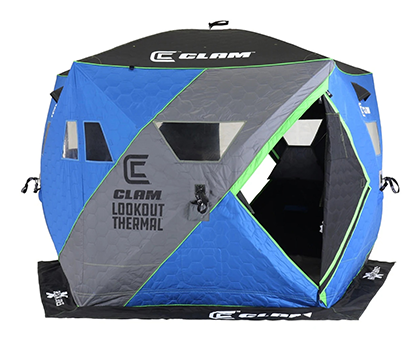
Fish With a Partner
Ice fishing alone might seem peaceful, but it’s a risk that is not worth taking. A fishing buddy has your back in emergencies, can spot dangerous ice you might miss, and makes hauling heavy gear like augers and shelters much easier. Plus, sharing the experience with a friend makes the trip more enjoyable.
If you’re fishing with a group, keep shelters at least 50 feet apart to avoid putting extra stress on the ice. Set up communication signals, like whistles or radios, to stay connected and ensure everyone stays safe while you fish.
Use GPS Tools for Safety
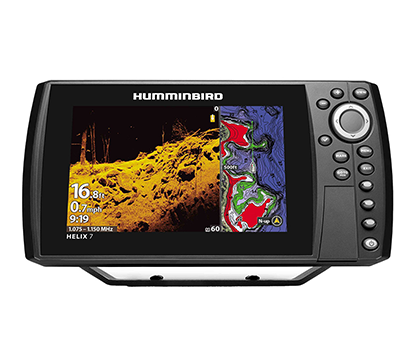
Modern GPS devices like the Humminbird HELIX 7 CHIRP or Garmin ECHOMAP help keep you safe on the ice. The system can mark safe travel routes, note thin ice areas, and save your parking spot for easy navigation, even in low-visibility conditions.
Update your maps often, and look for models with LakeMaster or Navionics for detailed underwater features. Devices like the Lowrance HOOK Reveal 5 combine GPS and sonar, giving you a reliable way to navigate and find productive fishing spots.
Explore the Safety Gear Collection at FISH307
At FISH307, we believe safety should never be an afterthought. Gear up with our expert-tested tools, from ice fishing rods and augers to flotation devices and GPS systems, so you can fish with confidence—because the best trips start with being prepared.
Connect with our team today and make ice fishing safety your priority for every adventure!
Recent Posts
-
Ice Fishing Safety 101: What Every Angler Needs To Know
Ice fishing offers a unique thrill, but safety should always come first. Knowing the basics of ic
-
Ice Fishing Season Prep: Your Essential Pre-Ice Checklist
When the lakes start freezing, it’s time to swap your boat for an ice auger. But before you hit the



